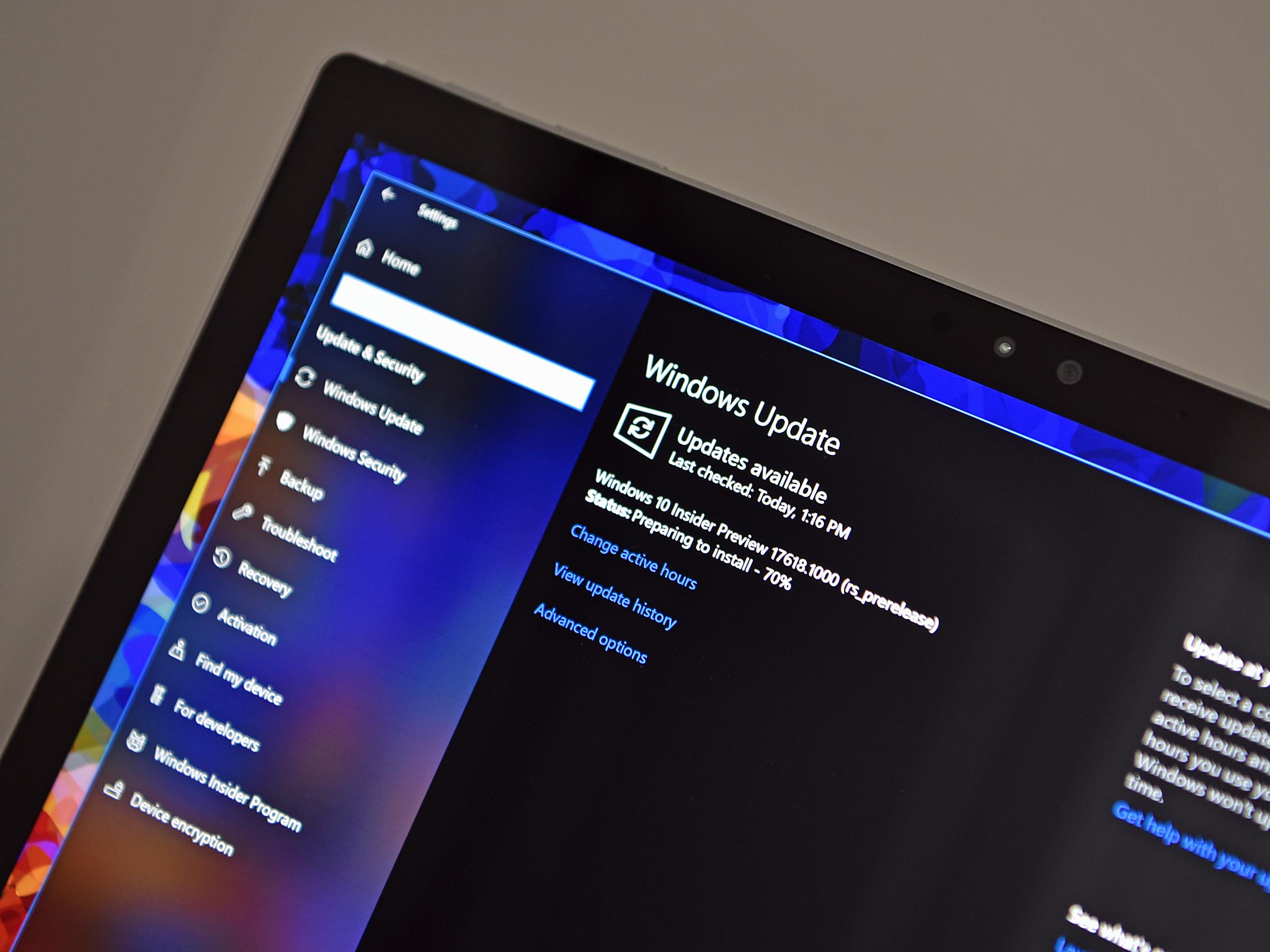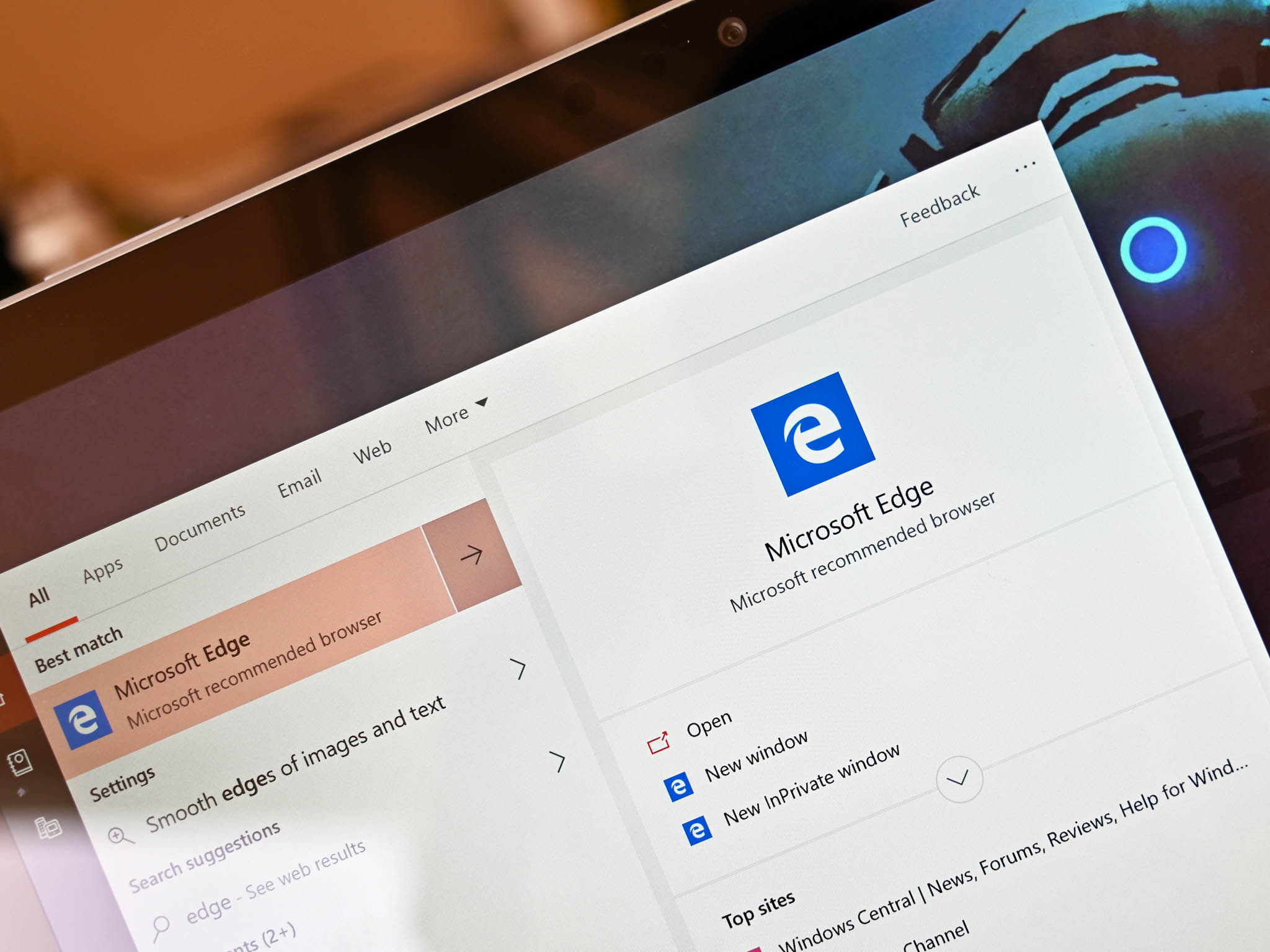4 Windows 10 predictions for 2019
Now that 2018 is over, it's time to start thinking about what might be in store for Windows in the next 12 months.


2018 has been a crazy year, not all of it great for Windows. Now, 2019 is nearly upon us which means it's time to start thinking about what might be in store for the year ahead. Based on a little bit of educated guesswork, knowledge of internal plans, and a splash of hope, here are my predictions for Windows in 2019.
Microsoft takes the wraps off Windows Lite
In 2018, the existence of something called Windows Lite reared its head. A few rumors have popped up since then, describing it as a Chrome OS competitor focused on web experiences, but we still know almost nothing about what Windows Lite really is. Quite a few internal sources have told me that Windows Lite is on track, and depending on whether or not Microsoft can keep to its internal schedule, we'll see it announced officialyl at BUILD 2019 in the spring.
I expect if that happens, we'll see Microsoft show off the new Windows Lite OS experience, built on Windows Core OS and CShell, and also explain its intentions to developers for this platform. In addition, it might not be so surprising to see Microsoft hand-out some kind developer device with Windows Lite installed. Windows Lite is the version of Windows we're expecting will run on new form-factors like Centaurus, after all.
Microsoft updates Windows Update

After the year Microsoft has had with Windows updates, it wouldn't surprise me if we see improvements to the Windows Update system in 2019. While I don't think Microsoft is going to cut-back to one update a year, I do think Microsoft is going to improve Windows Update so that when those feature updates are available, the rebooting process to install that update becomes minimal, just like on Android or Chrome OS.
On those platforms, when a new update is available, that update gets downloaded and installed onto a mirror image of the OS you're using. When the update is installed, the OS tells you it needs to restart to complete the update, but what's really happening is the OS is switching from the live image to the mirror image, where the new update has been installed, resulting in a reboot that lasts only a few seconds.
While the technical side of things may not be identical to that system, the result would be faster updates and less downtime for the user. These changes to Windows Update may be exclusive to Windows Core OS devices, but I'd hope that these improvements will make their way to legacy Windows 10 eventually too.
In addition, I also expect we'll see extra care taken when a feature update is made available. This year saw the October 2018 Update delete user files upon install, which is pretty bad. I don't think we'll be seeing anything like that again, as Microsoft has upped its internal strategy to ensure that when a feature update is finalized and sent out to the world, it has been vigorously tested internally and externally with Insiders.
All the latest news, reviews, and guides for Windows and Xbox diehards.
Chromium Edge launches to the masses

2018 saw Microsoft give up its Edge efforts in favor of a new Edge browser built on Chromium. That new version of Edge is currently being built out internally, and employees internally are already able to download and test the latest alpha builds, which already has support for Microsoft Account login, syncing bookmarks and more to the browser.
Microsoft officially announced that developers should expect to see a preview build of the new browser made available in the first half of 2019, I suspect that will happen in the springtime. I predict a shipping version of the browser will be made available to the public in late 2019, with the browser itself replacing the default one in Windows 10 in the 2020 spring update, codenamed 20H1.
Search and Cortana are reworked on Windows 10

Microsoft has been rumored to be working on new search and Cortana experiences in Windows 10 for quite some time now, and I think we'll finally see that work come into fruition in 2019. Microsoft is already A/B testing a split between both Cortana and search experiences in 19H1, and if that change goes ahead, Microsoft will have to rework both experiences so that they stand on their own, as right now when Cortana and search are split, the experience is rough.
Microsoft is also taking search very seriously in Windows 10 after feedback from users suggested that search in Windows 10 is terrible compared to previous versions of Windows. We'll see more improvements to search under the hood so that the search experience is more accurate and fast when searching for local files and programs.
What do you think?
Those are my predictions for Windows in 2019. What are your thoughts? Let us know in the comments.

